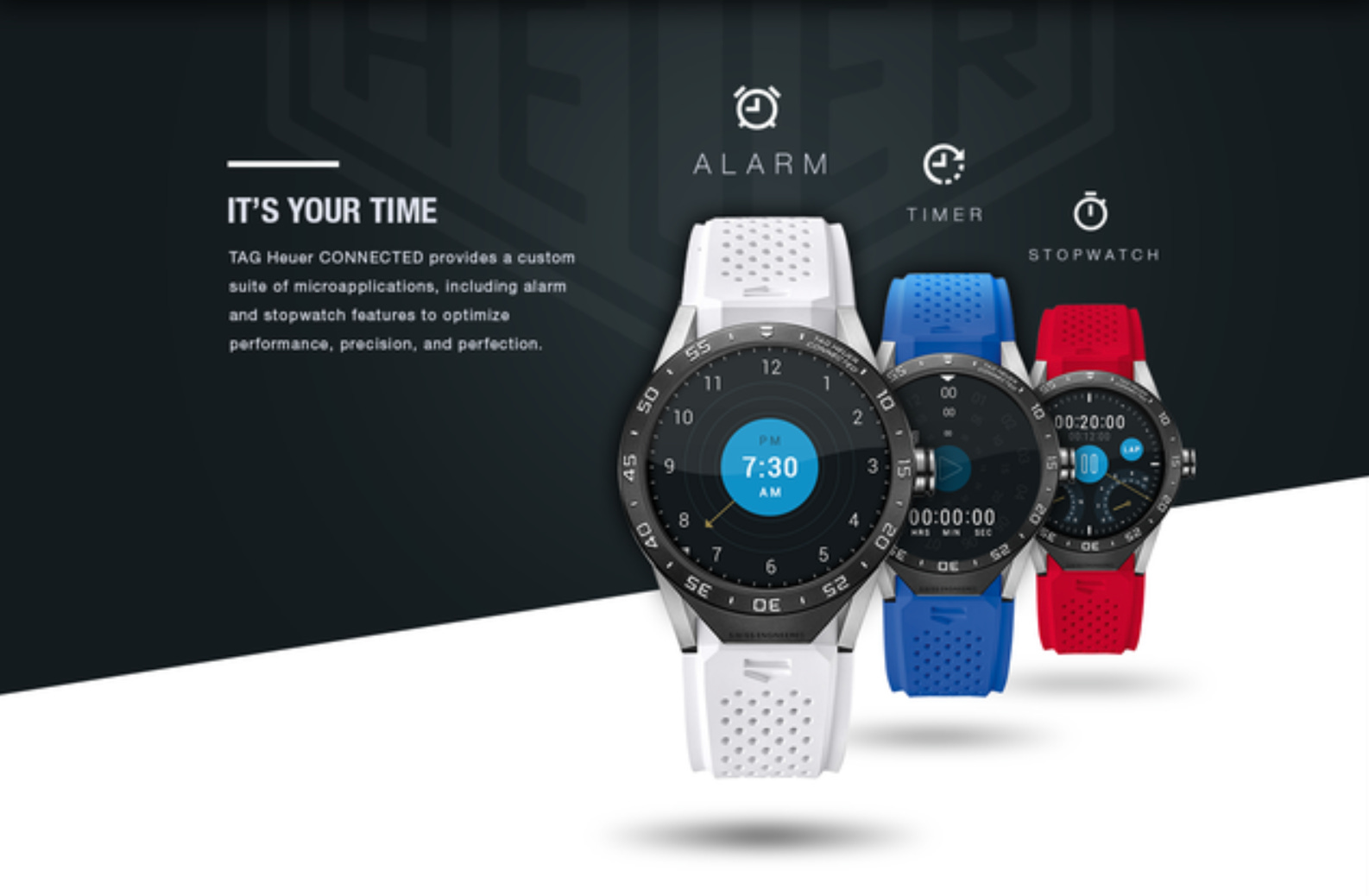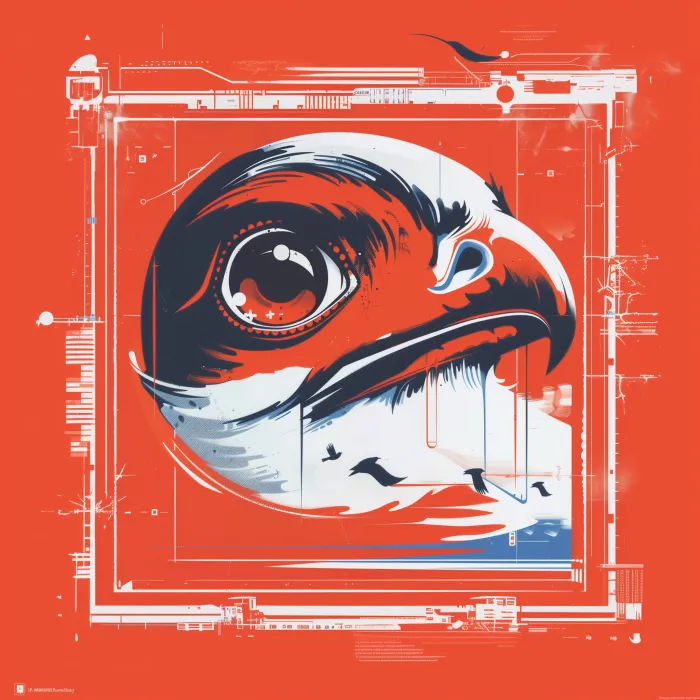1st Blog from a Startup in web4
2024-07-26
“Is this considered a web4 project?” product and AI engineering founder Jason Hargrove asked, writing post-it notes on the wall. The Grand Theft Auto: San Andreas meme appeared in his thoughts. “Ah shit, here we go again.”

Start Small, Stay Focused
When I helped build and ship the first edition TAG Heuer Connected smartwatch we had no idea it would sell so fast.
Despite TAG Heuer being a large company, our group operated as a small and agile startup. It was an intense period, far more demanding than anything I had personally experienced in previous startups. We had a hard launch date; and needed to align with TAG’s reputation for high-quality, luxury watches. Priced at a premium, our smartwatch had to exceed high consumer expectations.
Our team of about 25 talented men and women shared a sense of unity and camaraderie that made this project special. A feeling of a NASA team, landing on the moon for the first time. A smartwatch that must exist as an equal peer to Swiss mechanical engineering? Everyone understood the significance of what we were building, and we all worked incredibly hard to bring it to life.

Why Our Small Group Was Designed Like a Startup
In the early stages of any ambitious project, there's immense value in staying small. Allowing rapid iteration, fast decision-making, and maintaining a close connection with the product and its users. Our tight-knit team operating standalone within the wider TAG Heuer organization could swiftly adapt to challenges and feedback, ensuring we stayed on track for our launch.
A smaller team can also take risks and experiment in ways larger organizations might not be able to. With the time crunch, and due to the nature of hardware products, there were limitations for what could ship.
We struggled. We argued. We made tough choices. Thanks to the group’s open leadership, each member had the freedom to innovate and push boundaries, learning and improving with each step. This period of creativity and flexibility was crucial to our success.
As we were so lean, many of us were double-committed, particularly as we grew closer to our deadlines. Hard mode; but exhilarating. Despite the pressures and long hours, we got it done and the response was phenomenal.
The TAG Heuer Connected sold out in hours and went on to expand production extensively. Since then, the product line has become expansive; each new edition a testament to the founding team's dedication and the timeless nature of the brand.
Lessons from the Past
Reflecting on my experience, several key lessons stand out:
-
Focus on Users: The most successful products are those that prioritize its users' needs. We became obsessed with making the TAG Heuer Connected a seamless blend of luxury and cutting-edge technology. This user-centric approach is something to carry forward in every project. Super focus on our most important stakeholders!
-
Iterate Quickly: Speed is an ally in the early stages. The ability to test, learn, and iterate rapidly with an experienced cross-functional often seems to be what sets successful projects apart. It's not about getting it perfect the first time; it's about continuous improvement and responsiveness to feedback. Everybody hands on
-
Team Is Everything: Working alongside the right people with the necessary skills to do the work. Shipping new things quickly takes a lot of time and it’s not easy, requiring people with intense interest in their craft. When everyone is aligned and motivated, even the toughest challenges become surmountable. Passion, dedication!
Excited to open up, stay tuned :)
Jason Hargrove @jasonhargrove on Twitter Current codename: b00ps

Image credit: Midjourney V6.0 model
Web4 as Defined by ChatGPT
Web4, also known as Web 4.0, is an emerging concept representing the next evolutionary stage of the internet. It builds upon the foundations laid by previous versions (Web 1.0, Web 2.0, and Web 3.0), incorporating advanced technologies to create a more intelligent, decentralized, and interconnected digital experience.
Key features of Web4 include:
-
Artificial Intelligence (AI): AI will play a significant role in enhancing search results, making personalized recommendations, and creating virtual assistants that can perform various tasks, such as booking appointments and making purchases
-
Internet of Things (IoT): Web4 aims to integrate IoT devices, enabling seamless communication between physical objects and the web. This will facilitate the development of smart homes and cities, where devices can exchange data and perform tasks autonomously
-
Blockchain and Decentralization: Leveraging blockchain technology, Web4 emphasizes decentralization, ensuring transparency, security, and immutability of transactions. This is particularly relevant for sectors like finance and digital currencies
-
Enhanced User Interfaces (UI) and User Experiences (UX): Web4 focuses on providing intuitive and immersive user interfaces through technologies like natural language processing, gesture recognition, augmented reality (AR), and virtual reality (VR). This enhances the overall user experience and makes interactions more engaging
-
Semantic Web and Linked Data: By incorporating semantic web technologies, Web4 enables machines to understand and interpret data more effectively, facilitating automated analysis and intelligent decision-making
-
Big Data and Personalization: The use of big data allows Web4 to offer highly personalized experiences by analyzing user behavior, social media activity, and other data sources. This enables applications to adapt to individual preferences and deliver tailored content
Web4 promises to revolutionize various industries by providing more personalized, efficient, and secure digital experiences. However, it also presents challenges such as potential privacy concerns, security risks associated with big data, and the risk of creating a digital divide between those with access to the latest technologies and those without
Sources: [egorithms] [LCX]